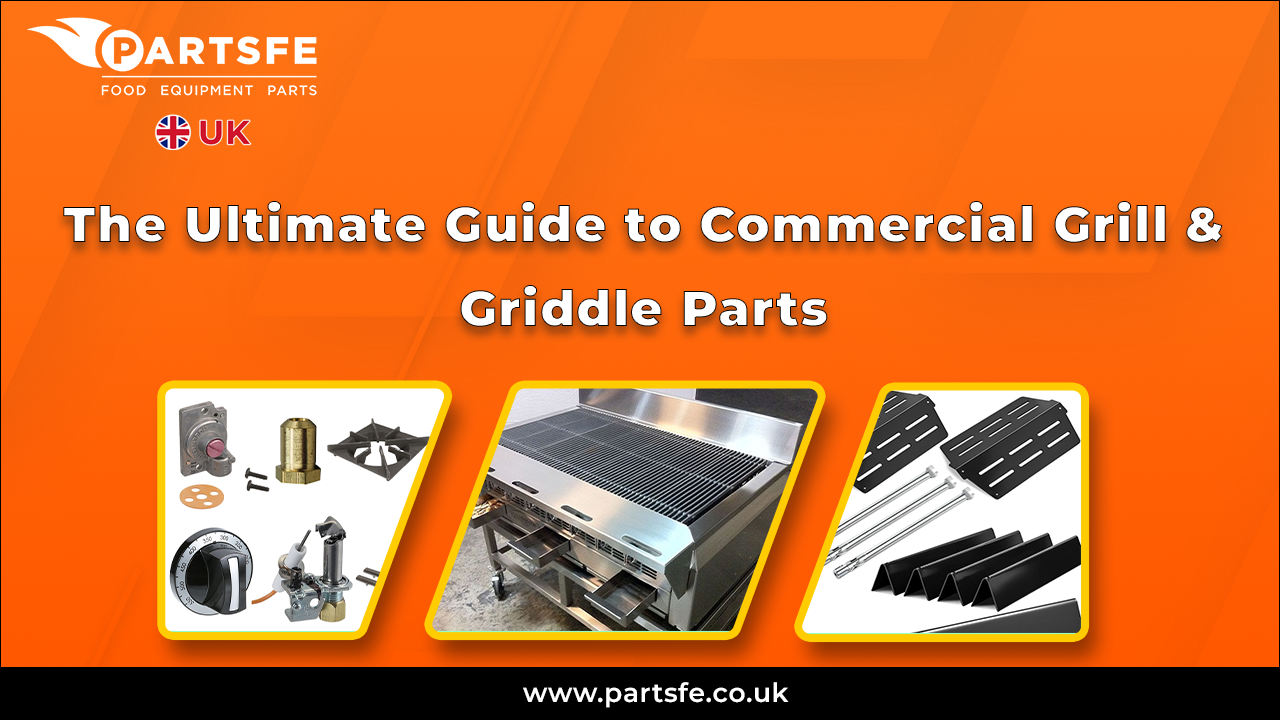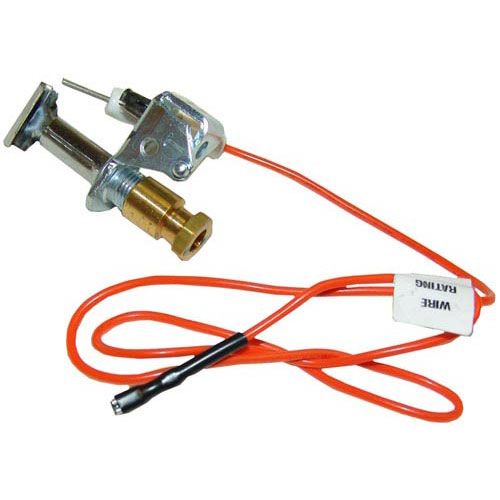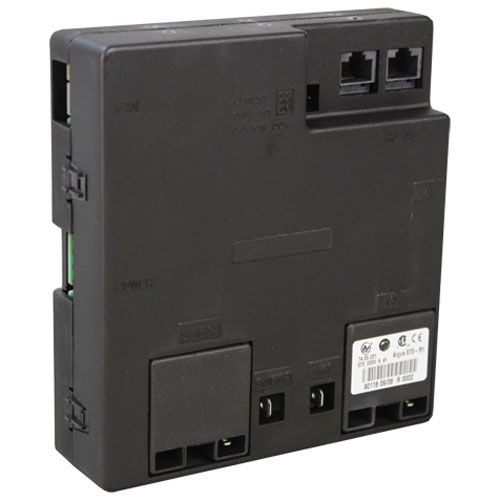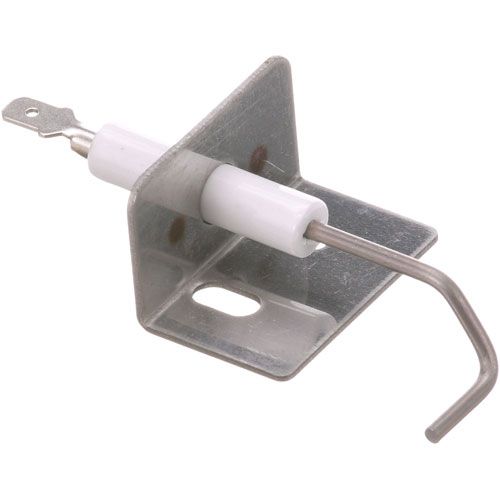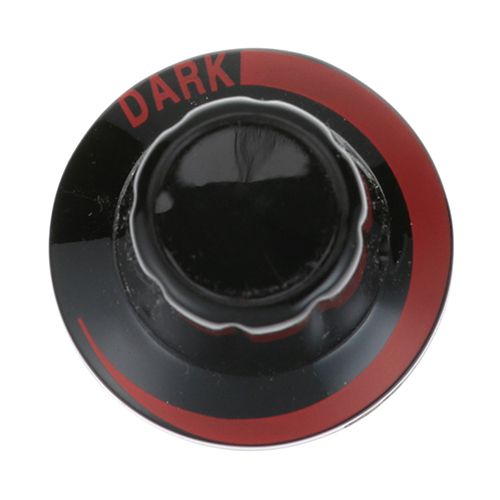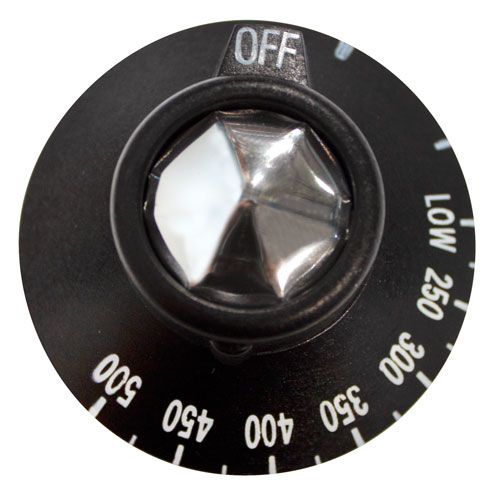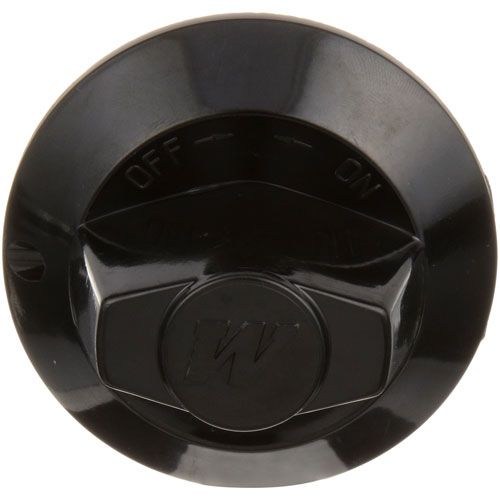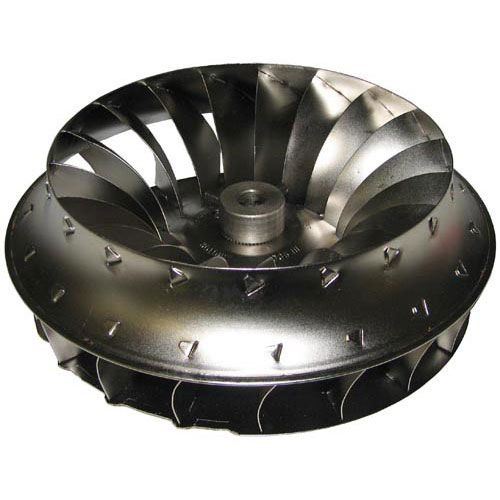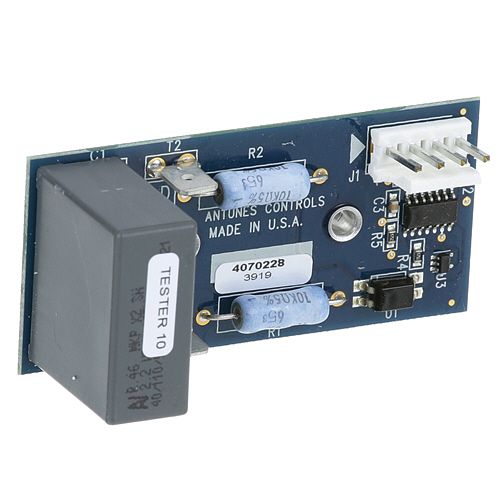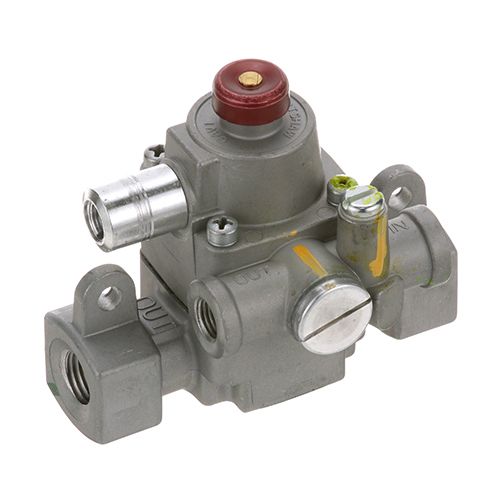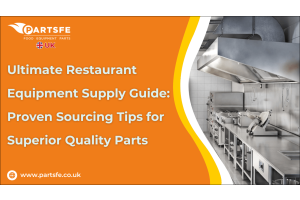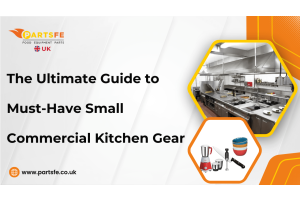The Ultimate Guide to Commercial Grill & Griddle Parts
In the fast-paced world of food service, having a solid understanding of the key parts of commercial grills and commercial griddles is vital for ensuring efficiency and reliability in the kitchen. Knowing the functionalities of different components helps chefs and kitchen staff maintain, troubleshoot, and optimize their cooking equipment, which is essential for delivering high-quality meals to customers. Knowing the major components of commercial grills and commercial griddles not only helps the cooking process but also helps with preventative maintenance and care. It cannot be overstated how important it is to understand the key parts of commercial grills and commercial griddles. They do this to enable kitchen personnel to work more efficiently, achieve high standards of food quality, and keep their equipment in excellent shape.
Cooking and Heating Components in Grilling
Gas grill burners: Gas grill burners have the main function of creating and control heat. A grill’s design influences how heat is dispersed in each type of burner. Burners that work properly help the grill heat up quickly and ready food evenly without having areas that will cook too hot and result in your food not cooking evenly.
Types:
-
Tube burners: Long cylindrical burners parallel to the surface of the grill are typical of these. If you look at the capabilities of most people, what you will find is that they provide an even heat distribution and can be used for direct grilling or indirect cooking.
-
H-shaped burners: These also feature an H-shaped design designed to allow for even heating of the cooking surface. Also, they’re used in bigger grills for uniform cooking outcomes.
-
Cast iron burners: These are excellent heat-retaining burners with good heat distribution, perfect for searing. Other materials can't provide as much heat as they can, and they can hold their temperature better than other materials.
Heating elements: Their ability to evenly distribute heat over the cooking surface makes heating elements important. It prevents the uneven cooking of food so that you do not end up with dry or raw portions. For roasting, baking, and grilling, it’s essential to maintain consistent heat to reach the goal.
Grill grates: Grill grates are useful in holding food in place, with their juices dripping away from the food for better grilling outcomes. It sear marks them and just gives a charred flavor to the food.
Griddle plates: Griddles are characterized by a flat surface on which people cook pancakes, eggs, and other foods that may not do well on normal grill grates. They are a nonstick surface for even cooking.
Grill Pan: Grill pans are meant to catch drippings eliminate flare-ups, and also help distribute heat evenly. The raised ridges of them allow fat to drain away from the food, keeping the food from burning and cooking more evenly.
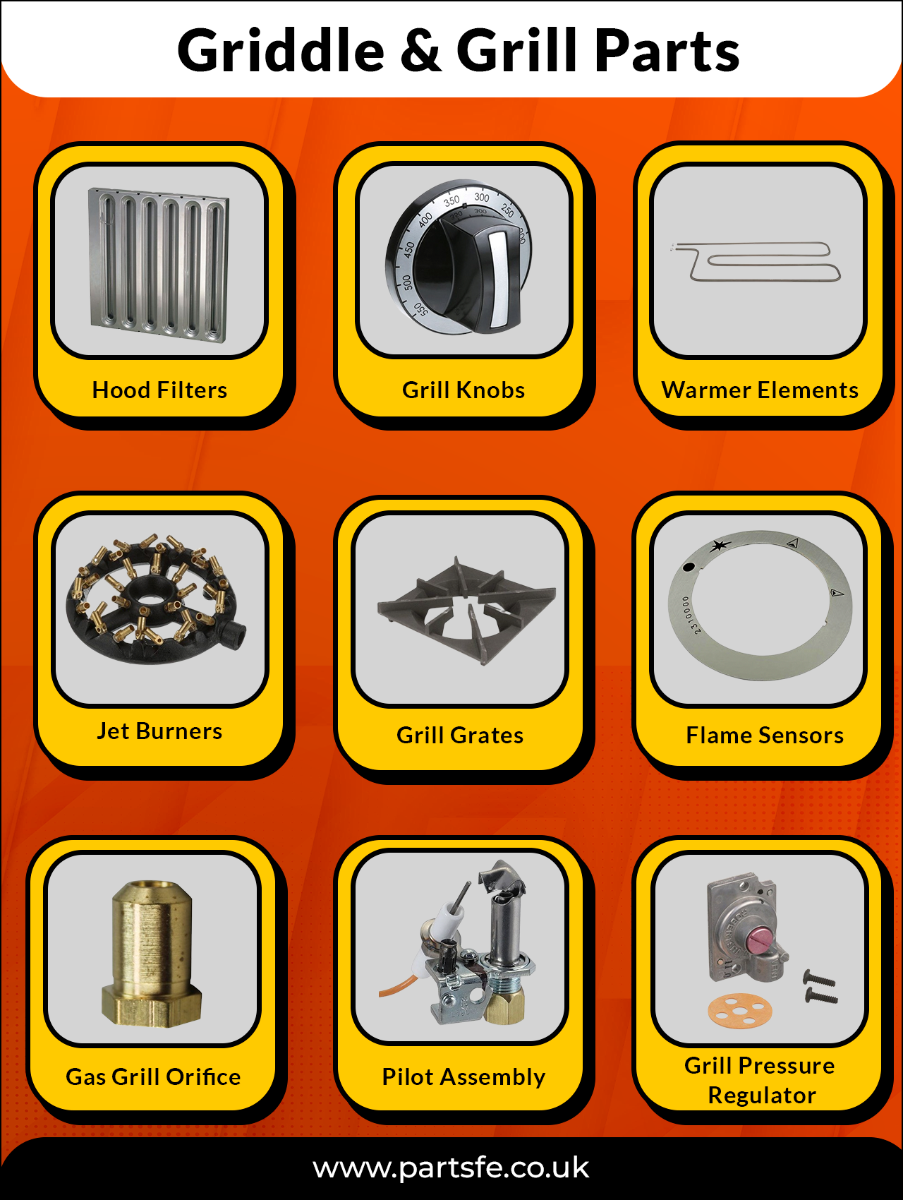
Heat and Flame Control Systems
For gas appliances heat and flame control systems are important components to guarantee safe and efficient work.
-
Burner valves: For control of the flow of gas to the burners of cooking appliances, the burner valves are indispensable. Users can adjust the amount of gas flow to control in detail the level of heat to use in cooking.
-
Gas grill controls/valves: Gas grill controls are knobs or switches, usually built into the design of the appliance, which the cook uses to change the size of the flame. In combination with burner valves, these controls allow flame and heat levels to be finely adjusted.
-
Gas grill orifices: Small fittings called gas grill orifices are crucial to the operation of gas grills by controlling the flow of gas to the burners. They control the amount of gas that escapes from the supply line to the burners. The gas flow rate depends on the size and design of the orifice.
-
Gas grill pressure regulators: A gas grill pressure regulator is important to keep a steady stream of gas to the burners. In order to compensate for fluctuations in the supply line pressure, they adjust the pressure of the incoming gas and feed the burners a constant supply of gas.
-
Gas solenoid valves: Electronically controlled devices commonly known as gas solenoid valves control the flow of gas to the burners. Once activated, these valves open to allow gas into the burner assembly.
-
Steam solenoid valves: While some cooking appliances do use certain steam solenoid valves to control steam flow, there are some differences. These control the release of steam as steam is released during the cooking processes to ensure that the steam released is at proper levels to enhance flavor and moistness during the cooking process.
Ignition and Safety Components
Ignition and safety components on gas-powered grills and other appliances must function properly to ensure they function safely and effectively.
-
Pilot burners: The gas grill ignition process is largely dependent on pilot burners. When the grill is turned on, these small flame-producing devices hold a low flame that ignites the main burner gas. The pilot burner is a reliable ignition source for the gas that allows the gas to flow smoothly and burn properly to give consistent heat for cooking.
-
Pilot assembly: The pilot assembly consists of a pilot burner, thermocouple, associated parts, etc. This helps to keep a safe controlled environment for the flame to be housed and thus ensures safe ignition of the gas.
-
Pilot safety valves: Gas leakage can be prevented and safety during operation can be enhanced by pilot safety valves. Automatically closing in the event of interruption in the pilot flame or abnormal gas flow, these valves are designed.
Ventilation and Filtration Components
Ventilation and filtration components to keep the kitchen area clean and safe, including commercial settings where greasy smoke and unwanted smells can quickly build up. Two technical components in this process are baffle filters and hood filters.
-
Baffle filters: Grease and smoke capture in kitchen ventilation systems is reliant on baffle filters. These have a series of metal or aluminum baffles to make an obstacle for the airborne particles and to effectively engage in grease capturing with smooth air flowing. Baffle filters prevent grease from getting into the exhaust system, which captures grease and prevents it from damaging the system, but helps maintain cleaner air quality in the kitchen.
-
Hood filters: Hood filters, generally utilized in business kitchen exhaust frameworks, are intended to snatch and expel smoke, vapor, and smells from the kitchen air. These filters are found in the hood above the cooking appliances to draw polluted air in and to promote correct airflow to keep the kitchen environment safe and comfortable.
Functional and Structural Components
-
Griddle & grill knobs: The griddle knobs serve the purpose to maintain precise control of the settings of temperature by providing easy access to adjust the same when exactly demanded. What makes them great however is that they give you the ability to form different heat zones across the griddle surface, vital for many forms of cooking.
-
Shoulder bolts: Shoulder bolts play a critical part in the assembly of both commercial grills and griddles due to their importance in building strength. These bolts are used to secure different grill parts and to ensure alignment; thereby, they promise robust and well-secured equipment when in use.
-
Jet burners: Commercial grills prefer jet burners because they are designed for high-efficiency cooking. These give you intense heat very quickly and evenly across your cooking surface and are a must for professional-grade cooking environments.
-
Quartz elements: One of the innovative features of many commercial cooking systems is quartz elements, which provide a reliable way to provide consistent, high heat for cooking. Because of their capability, these heating elements provide maximum temperature quickly and maintain good temperature stability, offering chefs total control over cooking procedures.
-
Gas grill connectors: Gas grill connectors are a necessity for safe and secure connections between the grill and gas lines. The key to preventing leaks and having gas flow reliably to the cooking equipment is the proper installation of these connectors.
Choosing the Right Parts for Grill or Griddle
When it comes to maintaining the performance of your grill or griddle, selecting the right parts is crucial. The importance of compatibility and quality cannot be overstated, as using the wrong components can lead to damage, inefficient cooking, and safety hazards.
Importance of compatibility and quality: When looking for grill replacement parts or griddle replacement parts, always ensure that the components are compatible with your specific model. Mismatched parts can hinder performance and may not fit correctly, leading to poor heat distribution or even hazardous situations.
Tips on selecting the correct parts
-
Model numbers: Always have your grill or griddle's model number on hand when shopping for grill replacement parts or griddle replacement parts. This will help you identify the correct components.
-
Material quality: Assess material specifications to choose the best options. Look for parts that are resistant to heat and corrosion, such as high-grade stainless steel for replacement grill grates and sturdy materials for grill rack replacements.
How to Set Up a Functional Commercial Kitchen: Key Appliances
Understanding and maintaining commercial grill parts and commercial griddle parts is critical to maintaining your cooking equipment’s long-lasting performance and efficiency. Regular inspection and replacing your grill replacement parts as promptly as possible guarantees your equipment’s life and makes it operate as efficiently as possible. Maintaining food safety, and quality, and avoiding kitchen breakdown should be top of your to-do list, and by putting it first you can prioritize their issues before they start disrupting operations. PartsFe UK is the go-to source for grill and griddle replacement parts. Explore our full range of durable OEM parts designed to keep your commercial cooking appliances performing at their best.
FAQs
What is a grill rack replacement, and why is it needed?
A grill rack replacement involves changing the cooking surface of a grill when it becomes worn out, rusted, or damaged, ensuring even heat distribution and proper grilling performance.
What are the main parts of a gas grill?
The main parts of a gas grill include the burner, grill grates, heat shields, control knobs, igniter, and propane tank or natural gas connection.

